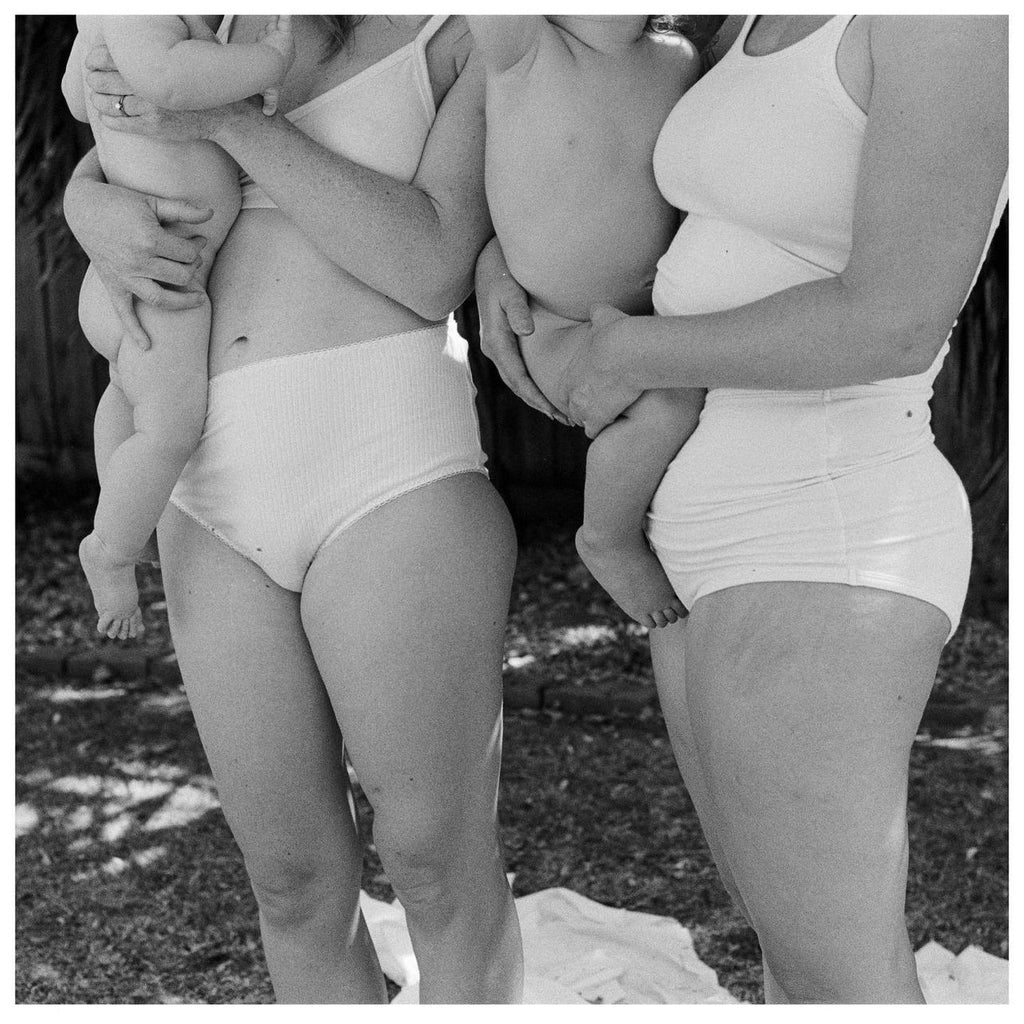Common Feeding Issues for Young Babies with Amanda Archibald

Amanda Archibald, aka The Mama Coach has been working in the private practice setting for over five years and was inspired by her own challenging parenting experiences with her oldest child. Amanda is a Registered Nurse, works as a lactation consultant/sleep consultant and parent educator.
Her first message to the parents in our group was to realize that every parenting journey is different. Not everything she talks about will work for you and that's ok. Your own way of doing something is fine if it works for you!
Feeding and sleeping go hand in hand, in fact effective feeding is the foundation for good sleep.
What does an active or effective feed look like?
In the beginning, when a baby is actively feeding you'll see nice big gulps and swallows. When a baby starts to slow down their feeding or "flutter sucking" they're actually moving into stage one sleep. They're not really feeding any more. It seems like they're going to sleep so you might take them off the breast or bottle and put them for a nap. Actually, this is the time to do breast compressions to keep them awake and actively nursing. If they don't keep feeding lift them up, give a little burp and then try again. This will help stop these little micro power naps that can interfere with proper feeds and sleep.
Many things can impact the process of feeding, including oversupply, undersupply, overactive letdown, a baby with an oral restriction, etc. In some of these situations, like oversupply or overactive letdown, babies will feed for a short time and will be getting primarily fore milk, which is high in lactose and quickly digested. They will not stay satisfied for very long. Also, when a baby feeds more often it will tell your body to produce more milk, which you may not need. The later the milk comes in the feed, the more fat content is in the milk. So sometimes there will be another issue that needs to be dealt with first.
What are some of the ways you can work feeds into your routine - especially with an easily distractible baby?
You want to be "filling up their cup" with calories throughout the day. There are several methods for doing so and all of them can work very well depending on you and your baby.
MAMAS method - milk, activity, milk, activity, sleep per wake window - especially good for babies who are becoming very interested in their environment. Keep on the same breast for each feed to get the higher calorie milk.
EAS ("easy") method - eat, activity, sleep - a good way to get a full, effective feed if your baby is falling asleep at the breast too easily, as they are eating as soon as they wake up.
Time-based method - works very well for people who want/need more structure to their day. This method is where people will feed every 3 hours or every 4 hours, etc. The limitation can be that feeds may not always work around when your baby is sleeping on any given day.
MAMAS method is really good when beginning to introduce solids. As your baby takes in more solids you can start to replace the second "M" with a meal and eventually you will start to be able to space the feeds out more over the day.
As a new baby develops a circadian rhythm somewhere between 8-12 weeks, their daytime sleep patterns may change quite a bit and you may need to adjust their feeding patterns as well. As you focus on getting good active daytime feeds you may find the night time sleep improves as well. Generally, if a baby wakes up screaming and panicked it is not because of hunger. A hungry baby will usually wake up gradually realizing they are hungry. So, not all night time wakes will mean you need to feed.
How can pumping increase your milk supply?
Your supply is actually quite fully established in the first 4 weeks and baby's milk needs don't change a whole lot after that time. When someone needs to increase their supply they may try "triple feeding" (nursing, pumping and formula). Breast feeding, pumping to bottle feed and formula supplementing may be a short term route to building supply and giving baby enough calories, but it is not sustainable. At some point you will need to choose what you are going to continue with long term. Babies will often "cluster feed" at 3 weeks, 6 weeks and 3 months. Cluster feeding generally precedes a growth spurt and people will panic about their supply thinking their baby is not getting enough because they will feel very empty. Power pumping can help beef up supply with double pumping 20 minutes on, 10 minutes off, 10 on, 10 off, 10 on. If you're struggling with lower supply you can try the power pumping method for 3 or 4 days at a time, either in the evening or during the first nap of the day usually works well.
Pumping for bottle feeds
Most people will be able to pump off more milk in the first 3 or 4 months. After that your body becomes very good at producing "on demand" so when the baby is on the breast they will start nursing, you'll produce milk and they'll feed. After 3 months, if you've been exclusively nursing, you will probably only be able to get an extra ounce or so after the feed. It doesn't mean your supply is low, it means your body has become good at producing just what your baby needs. This is another time you can try power pumping or you can try using a hand pump, which can work better when you are just giving yourself time to relax into it; doing some hand expressing or hand pumping.
If you are breast feeding and would like to introduce a bottle, under 3 months is the best time. Babies have a very strong suck reflex at that point and will usually suck on anything. Later they start losing that reflex and will be more likely to push the bottle out with their tongue. It is easier to start with breast milk if that's what they're used to. When introducing a bottle a particular nipple doesn't make as much of a difference as holding the bottle tipped so that it goes up into their palate and doesn't hit their tongue. This will much more closely mimic the way the breast goes into their mouth when they're nursing. Try getting them used to the bottle in the morning, not in the evening when they're already tired and it's harder to learn new things. After their first nap is a good time. They've had one good feed, they've had a rest and they're hungry, but not starving. You can offer an ounce or two from the bottle and then breast feed for the rest of the feed.
Contributed by Shauna Farrell
If you would like to contact Amanda directly visit her website https://amandaarchibald.themamacoach.com/ and follow her on Instagram @amandathemamacoachvan
photo credit: Cara Mand
